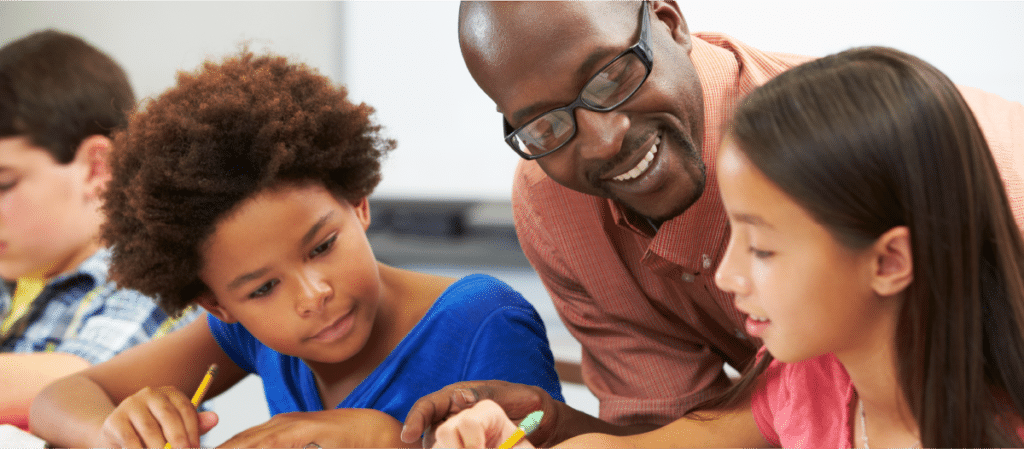
At the start of the school year, as new classroom communities are forming, teachers begin planning ways to connect and form relationships with new students. By the middle of the year, a lot has changed: students have established routines, friendships have formed, school assignments and projects are underway, and students have changed emotionally, physically, and socially from who they were at the beginning of the year. For teachers to maintain the healthy relationships they created at the beginning of the year, they must continue to learn who their students are as they change and grow.
The middle of the year is marked by a noticeable change both in students’ peer relationships and in their academics. For example, according to Yardsticks, a nine-year-old “will have a sense of who is in and who is out of certain groups in the lunchroom or on the playground; cliques may be problematic” (p. 100). A ten-year-old, meanwhile, “can be highly sensitive to and able to resolve friendship and fairness issues” (p. 115).
A normal classroom contains students of multiple ages, so it is crucial to understand these benchmarks and have a general idea of where each student falls within them. This will give you a better understanding of what is important to a given student and how to approach certain topics with them, such as discussing friendships and social situations. In classrooms with pronounced age discrepancies, it may also mean having more conversations around class norms so that all students’ social and emotional needs are being met.
By the middle of the school year, you may also recognize that some students are ready for more independence and responsibility while others need more support. Similarly, your students may need flexible seating options throughout the day or more opportunities for movement in the afternoon. Depending on the age group, students may also need ideas on how to handle conflict with peers. All of this will depend on what you notice about your students’ development.
There is no prescribed way to work or build meaningful relationships with students. However, here are some options that can be effective in the middle of the school year:
Learning who your students are throughout the year is essential when creating and keeping healthy relationships. Maintaining these relationships with students is all about consistency and trust. Use what you notice about your students’ social, emotional, academic, and developmental progress to guide your planning. As they change, don’t be hesitant to update your approach.
Michelle Minor is a part-time developer for Center for Responsive Schools. She is a fourth grade classroom teacher.